Commentary: TSA got smart with a PreCheck discount -- but it could be even smarter
Published in Op Eds
Airport security is a necessary evil to enjoy the privilege of air travel. Most of us would prefer just to pack our bags, go to the airport, and get on a plane. For nearly all travelers, the air system would remain just as secure as it is today. However, a few “bad actors” make it necessary for all of us to traverse through the airport security gauntlet to ensure these “bad actors” are appropriately vetted and screened.
Airport security screening is made more palatable for those enrolled in TSA PreCheck. Passing through a PreCheck lane is quicker, simpler and less intrusive. The challenge is getting more travelers to sign up for the program.
In 2024, more than 40 million people were enrolled in a DHS trusted travelers program, with 20 million enrolled directly in TSA PreCheck. This gives all these travelers access to PreCheck lanes. The unspoken problem is that in an average week, TSA screens over 18 million passengers, of which about 8 million passengers are screened in PreCheck lanes. This means that more than one-half of all airport security screenings are in standard lanes — far too low to realize the full benefit of the program.
The TSA just got smart and is offering for a limited time a family package promotion. One member of a family signs up for PreCheck at the regular rate ($79.95 through Clear or $76.75 through IDEMIA) and the second person gets a $15 discount. Any incentive that the TSA can provide to encourage more people to enroll in PreCheck is a win-win-win situation.
The first win is for the travelers themselves. TSA PreCheck lanes are described as expedited screening lanes for good reason: they move more quickly, since travelers have fewer items to remove from their carry-ons and less divesting of clothing items. And quicker moving lines means less waiting for you.
The second big win is for the TSA itself. The equipment and personnel needed to operate PreCheck lanes costs less than what is deployed at standard screening lanes. Walk-through metal detectors cost less to purchase and operate than advanced imaging technologies. This means the TSA can provide the same level of service and security in a more cost-effective manner.
The third and biggest win, however, is for the air system itself. By focusing security resources on the travelers the TSA knows the least about, the agency is effectively buying down risk more cost-effectively. This is the foundation for risk-based security, the strategy that is at the fulcrum of how the TSA uses its resources to maximize security with minimal inconvenience to travelers, at the lowest possible cost.
Of course, to realize the full value of such a benefit requires the TSA to repurpose more standard screening lanes as PreCheck lanes, ensuring the PreCheck passengers gain their full benefits. With the new PreCheck enrollment program incentive, it is better to be waiting for the uptick in PreCheck travelers than reacting to it in real time.
Of course, the TSA could have gone one step further and made the offer a true buy-one-get-one-free promotion. Offering a second person in the same family or household complimentary membership in PreCheck would have permitted frequent business travelers to enroll their spouses, housemates or children, who may not travel as frequently as they do. More importantly, TSA and the air system would accrue the additional benefits, justifying the waived fee by the system cost savings associated with additional PreCheck members enrolled.
But why stop there? The TSA could have offered complimentary PreCheck status to anyone willing to enroll in and go through the associated background vetting. In an ideal world, having at least 70 percent of all airport screenings through PreCheck lanes would be transformative for the TSA and all travelers.
The TSA is also testing its PreCheck Touchless ID for identity authentication, similar to how Global Entry member identity is authenticated when entering the U.S. on an international flight. Such a program, once fully implemented, will further expedite the screening process for PreCheck enrollees and make the air system even more secure for all.
The TSA got smart by offering a discount for PreCheck enrollment. It could have been even smarter to offer it at no cost and move closer to, and perhaps beyond, its 70 percent target for PreCheck screenings. Until that is reached, airport security screening will continue to fall short of reaching its full potential.
____
Sheldon H. Jacobson, Ph.D., is a professor of computer science in the Grainger College of Engineering at the University of Illinois Urbana-Champaign. He has researched risk-based aviation security for over 25 years, which provided the technical justification for TSA PreCheck. This piece was originally published by The Hill.
____
©2025 Tribune Content Agency, LLC.
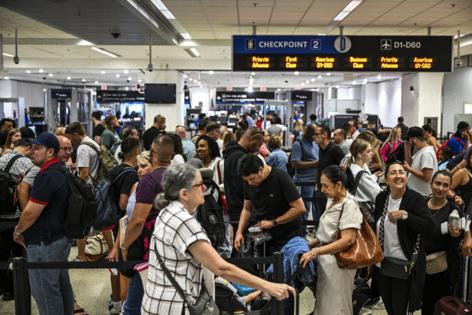


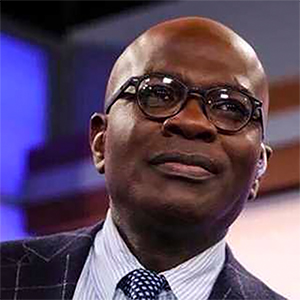



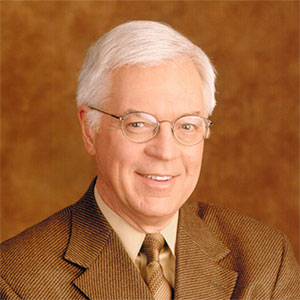

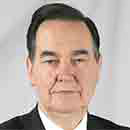

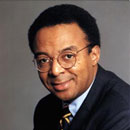






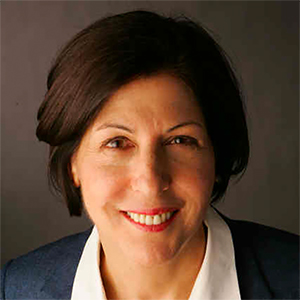







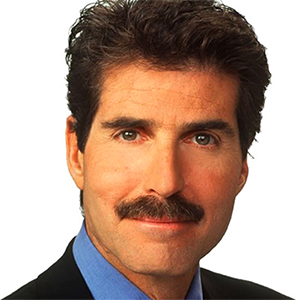
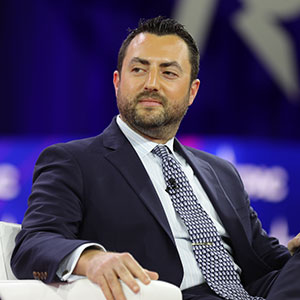
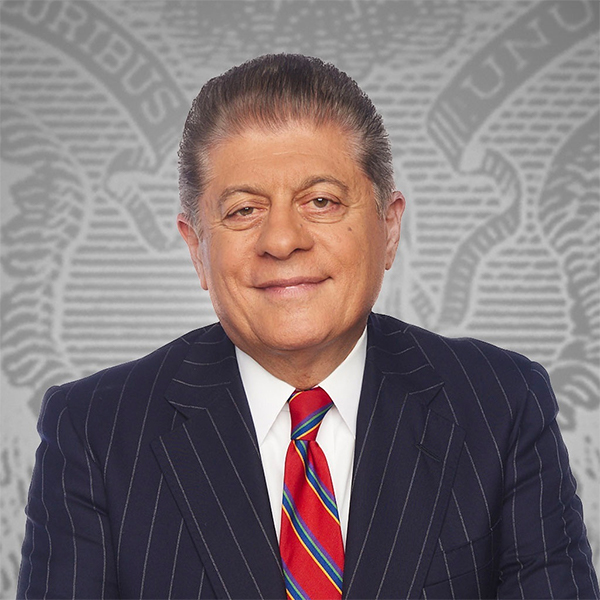


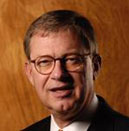



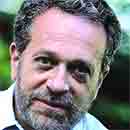
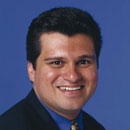




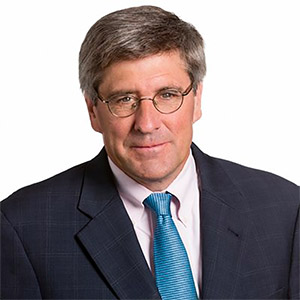














Comments